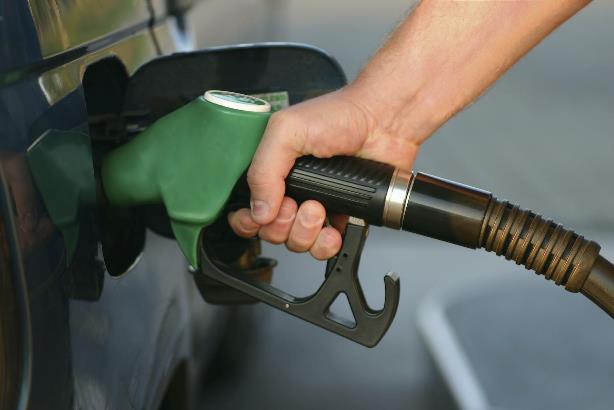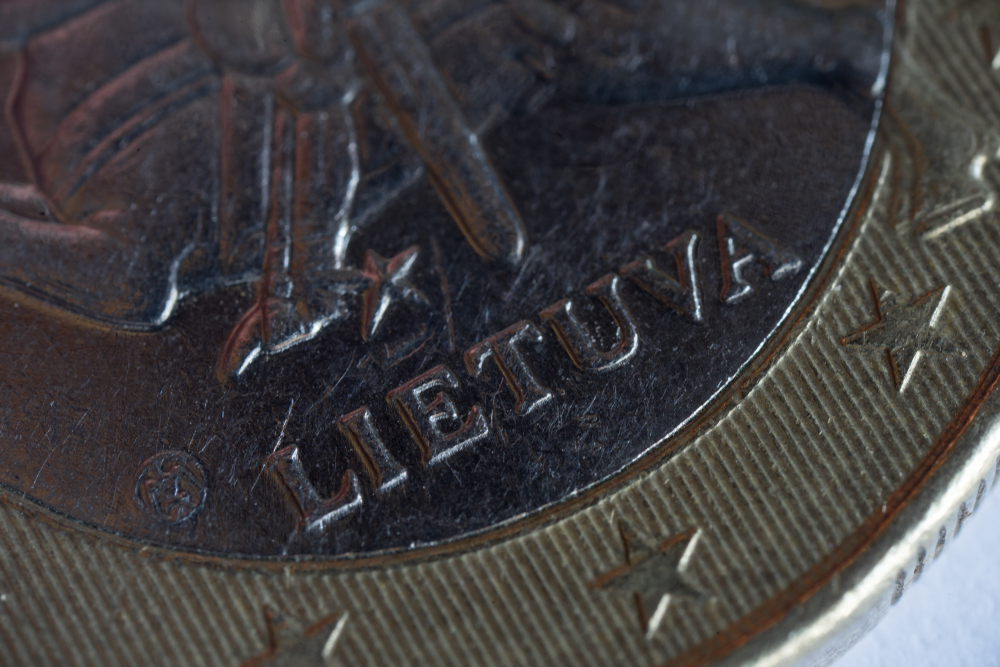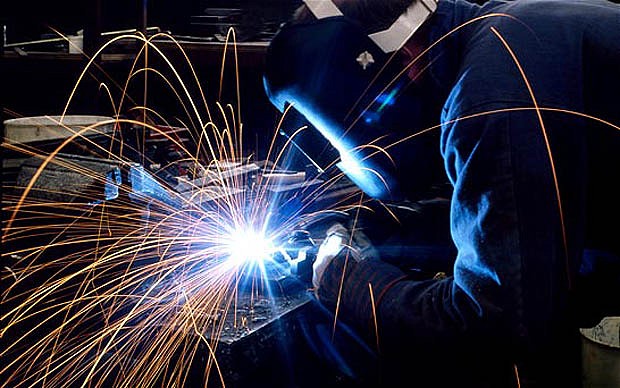A Digital Future Awaits Hungarian Agriculture

The award-winning Hungarian drone technology from Farmgép.
With support from government financing programs, many Hungarian farmers are leaning into digitization and the modernization of the domestic agricultural industry, including upgrades to more efficient technology, aiming at precision farming, analysts say.
A sector-wide shift is developing, at least among the more significant actors: precision agriculture is growing within the domestic food production industry as market players begin to take advantage of new technologies for assessing and managing farm production.
According to an agricultural handbook published by PwC, smaller farming groups have not yet begun to invest in newly developed agricultural technology; however, some larger farms have already made progress with precision farming methods.
A recently observed example of switching to precision agriculture practices is the introduction of spraying drones to replace more traditional agricultural approaches such as tractors, especially in the area of crop protection.
The Rise of the Drone
Many domestic farmers now use smaller drones to spray protective substances or fertilizers across their crops and fields. Aviation technology is becoming preferred to conventional machines such as tractors, because they can overcome obstacles that older technology cannot handle, such as working in certain weather conditions or being able to efficiently coat irregularly shaped crop fields.
However, there are both benefits and costly disadvantages to this method of conservation, according to a piece from leading online business news publication Világgazdaság [World Economy].
Although drones are time-efficient, lightweight, and easily operable, their overall cost represents a significant investment. Farmers not only have to pay for the specially adapted uncrewed aircraft itself but also extra necessities such as aggregators, spare batteries, an additional monitoring drone, and fork out (pun intended) for training those controlling the drone.
With switching to more developed precision farming techniques not yet accessible to many domestic firms due to its cost-intensive nature, the Hungarian Government says it is supporting players and investors of the agricultural industry through state aid and financial options for farmers, launching programs offering investment support to encourage the modernization of cultivation processes.
One of the most impactful schemes for agricultural development in Hungary is the Rural Development Program, financed by the European Union, which aims to provide grants and loans to Hungarian farmers to encourage investments. The Agricultural Credit Guarantee Fund, meanwhile, is a financial program launched by the government to help farmers overcome obstacles they may face when applying for financial aid from commercial banks.
Farming’s Digital Future
Initiatives across Hungary and the European Union also call attention to the digitization of agricultural production.
In 2019, the Hungarian government passed the Digital Agricultural Strategy (DAS), thereby creating one of the most relevant documents for the modernization of agriculture in Hungary. DAS focuses on implementing a viable strategy for the necessary development of agricultural production. Its overall aim is supported by three pillars: developing and digitizing precision farming, improving agricultural decisions based on new technologies, and developing product pathways with digital solutions, according to the Neumann Technology Platform.
In 2020, the Hungarian government allotted financial support for further projects under the DAS policy, while in 2022, its Digital Food Strategy (DÉS) was introduced, showcasing objectives similar to the original agricultural strategy while furthering the efficiency and competitiveness of the Hungarian agricultural industry.
The European Union has many other agriculture-based initiatives, most famously the Common Agricultural Policy (CAP), which focuses on both the societal and agricultural aspects of food production, and the Farm to Fork strategy, part of the EU Green Deal, which aims to reduce harmful inputs during cultivation.
According to the 2023 Country Report for Hungary, published by the European Commission, CAP provided EUR 16.2 billion for Hungary’s agricultural practices from 2014 until 2022. The policy will continue to support Hungarian cultivation with another EUR 8.4 bln for the funding cycle running from 2023 until 2027.
Annual Agro Expo
The 42nd annual AGROmashEXPO and Agricultural Machinery Show held in January, hosted by the National Association of Agricultural Equipment and Machinery Distributors (Megfosz), also highlighted the relevance of digitization within agriculture. The annual exhibition was held across four days in eight pavilions at the Hungexpo event center, showcasing some of the most relevant ideas in modern agriculture from domestic andinternational companies.
Calling attention to the prominence of digitalization in modern agricultural industries, this year’s AGROmash grand prize award winners were rewarded for their innovations driving forward the future of farming technology.
The “Domestic Product Development, Mechanization” grand prize went to Farmgép Fejlsztó és Gépgyártó for its research into innovative drone technology used as a method of plant protection as an alternative to traditional tractor-based methods.
Proving that drones won’t supplant tractors just yet, the grand prize winner of the “International Product Development, Mechanization” category was the Claas Xerion 12.650 Terra Trac, imported to Hungary by Axiál Kft. But you can forget your traditional children’s drawing of a tractor with oversized rear wheels and tiny front rubber; this machine boasts triangular caterpillar tracks at each corner in place of wheels.
The exposition’s final grand prize was in the “International Product Development, Digitalization” category. Swedish agricultural company Väderstad, won with its innovative iPad-based electronic control system that wirelessly connects to compatible machinery, enabling full access to its functions and data, offering user-friendly remote setup and calibration, as well as real-time monitoring and control.
This article was first published in the Budapest Business Journal print issue of February 23, 2024.
SUPPORT THE BUDAPEST BUSINESS JOURNAL
Producing journalism that is worthy of the name is a costly business. For 27 years, the publishers, editors and reporters of the Budapest Business Journal have striven to bring you business news that works, information that you can trust, that is factual, accurate and presented without fear or favor.
Newspaper organizations across the globe have struggled to find a business model that allows them to continue to excel, without compromising their ability to perform. Most recently, some have experimented with the idea of involving their most important stakeholders, their readers.
We would like to offer that same opportunity to our readers. We would like to invite you to help us deliver the quality business journalism you require. Hit our Support the BBJ button and you can choose the how much and how often you send us your contributions.











